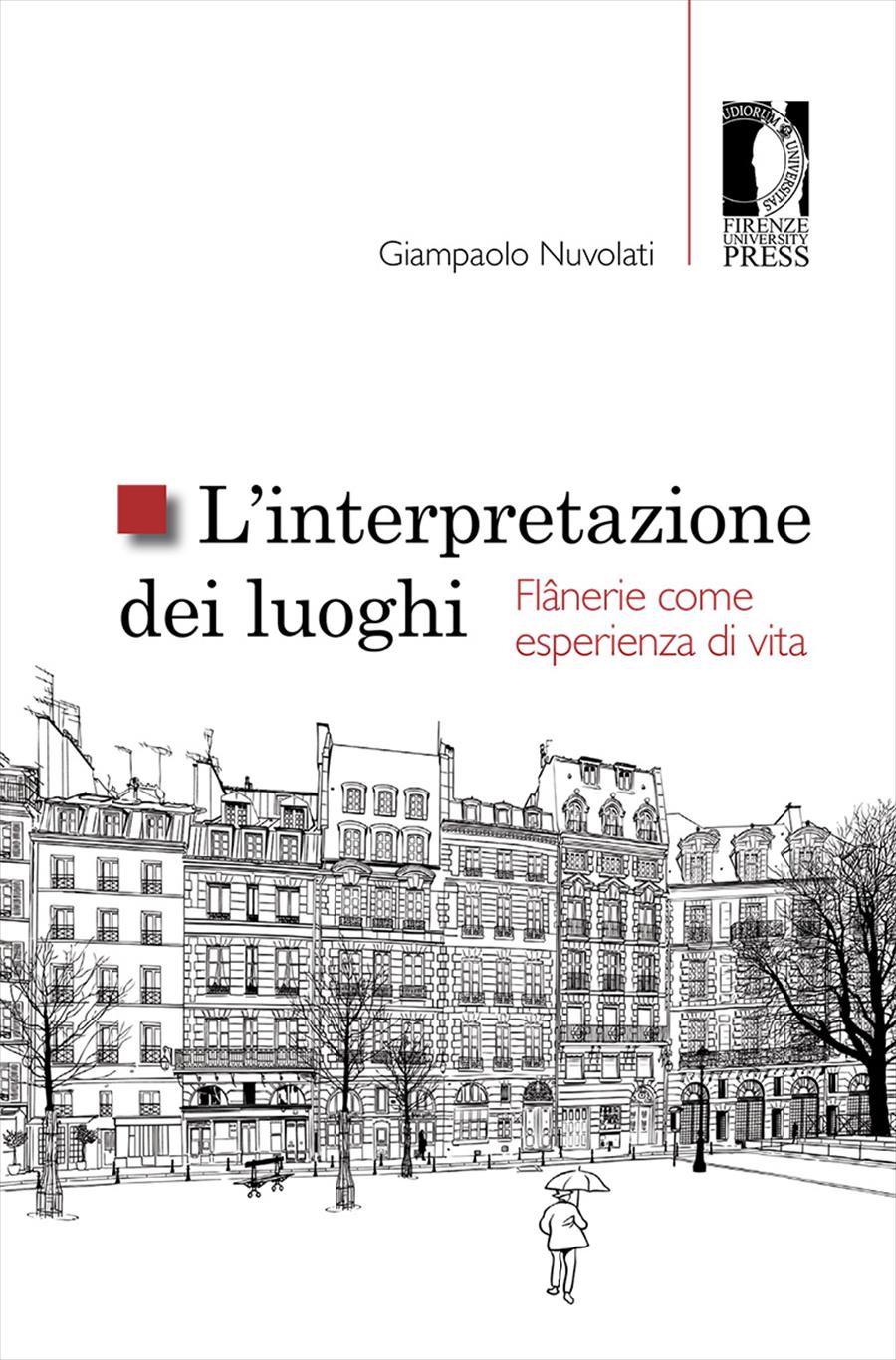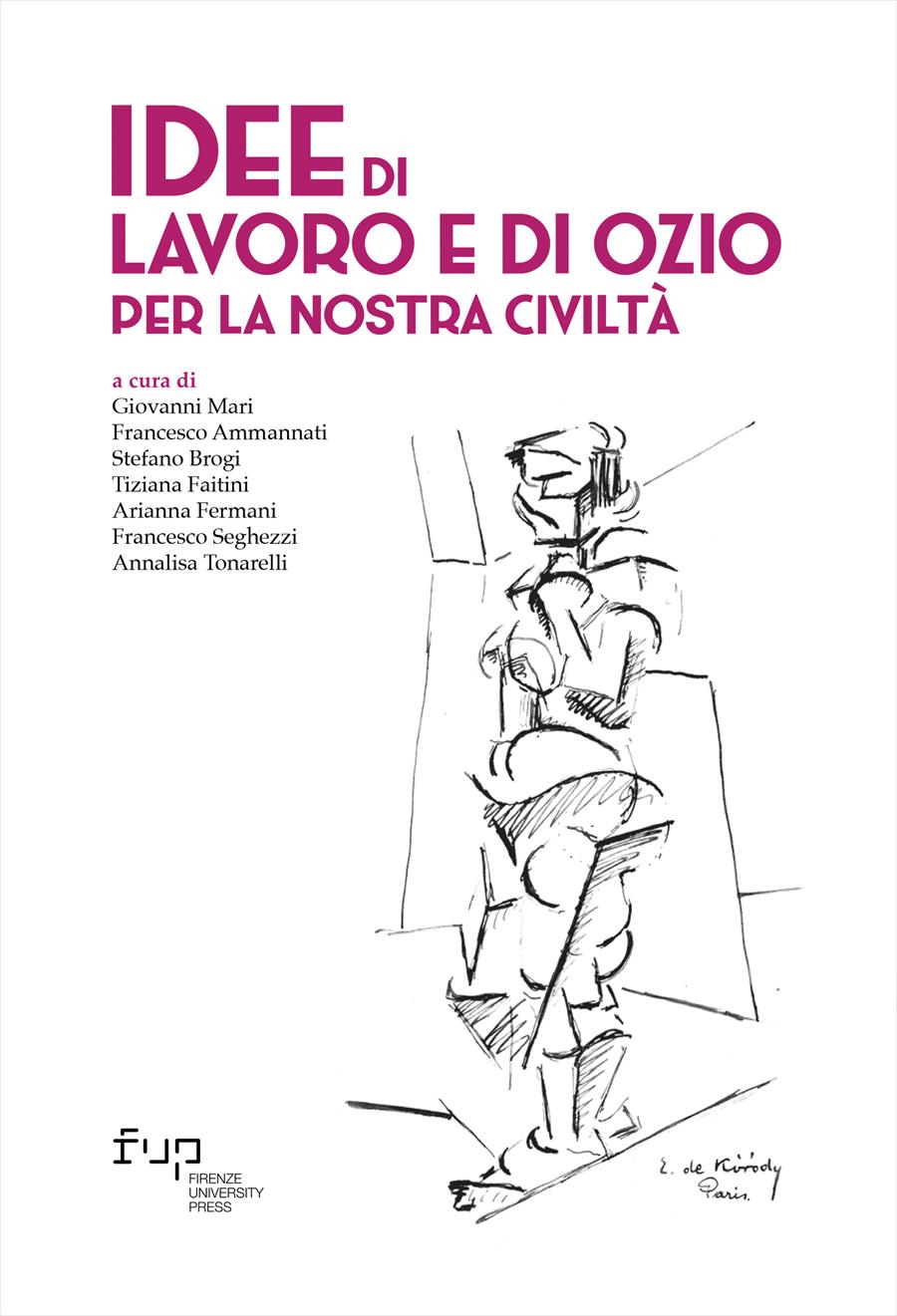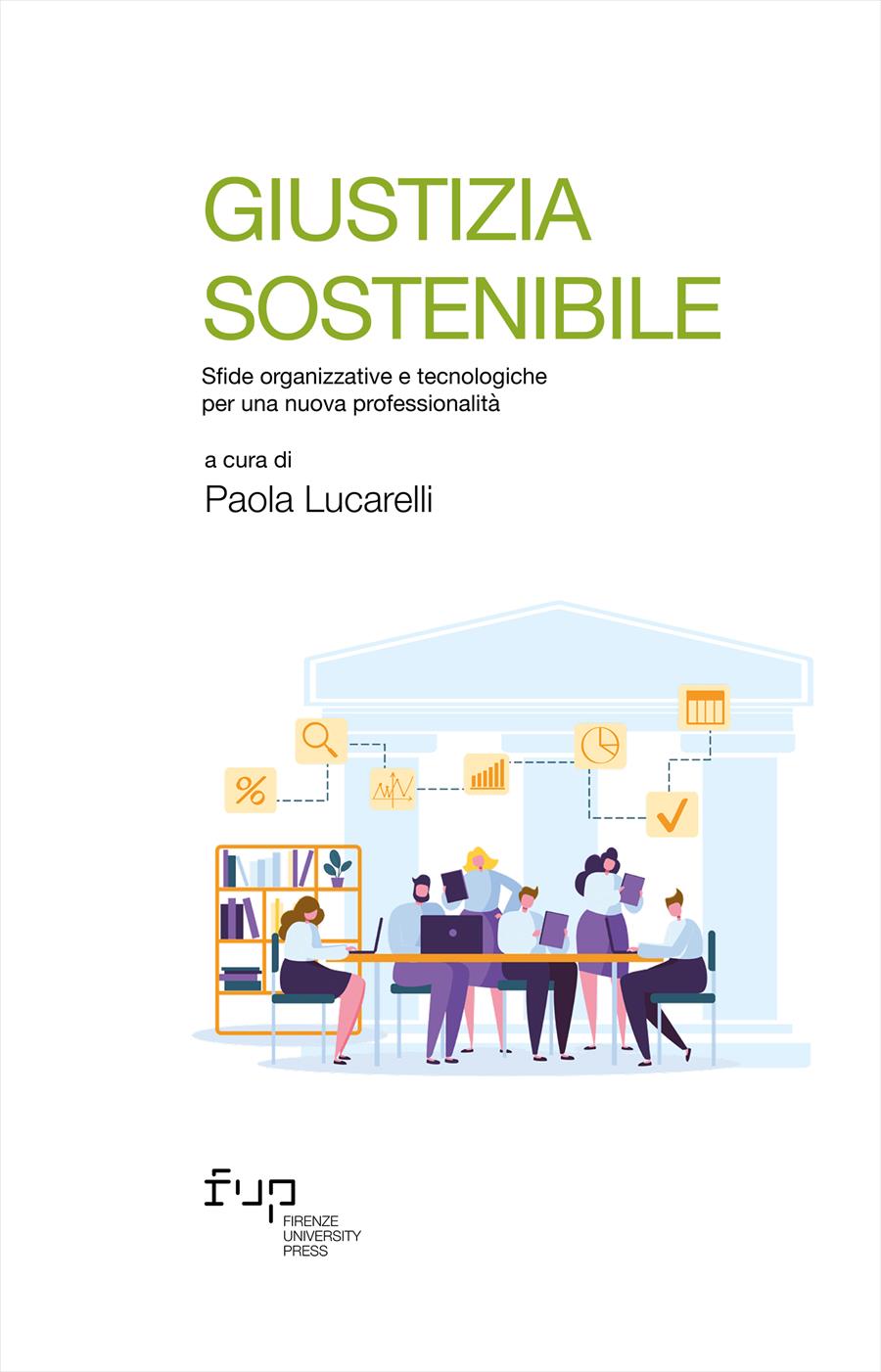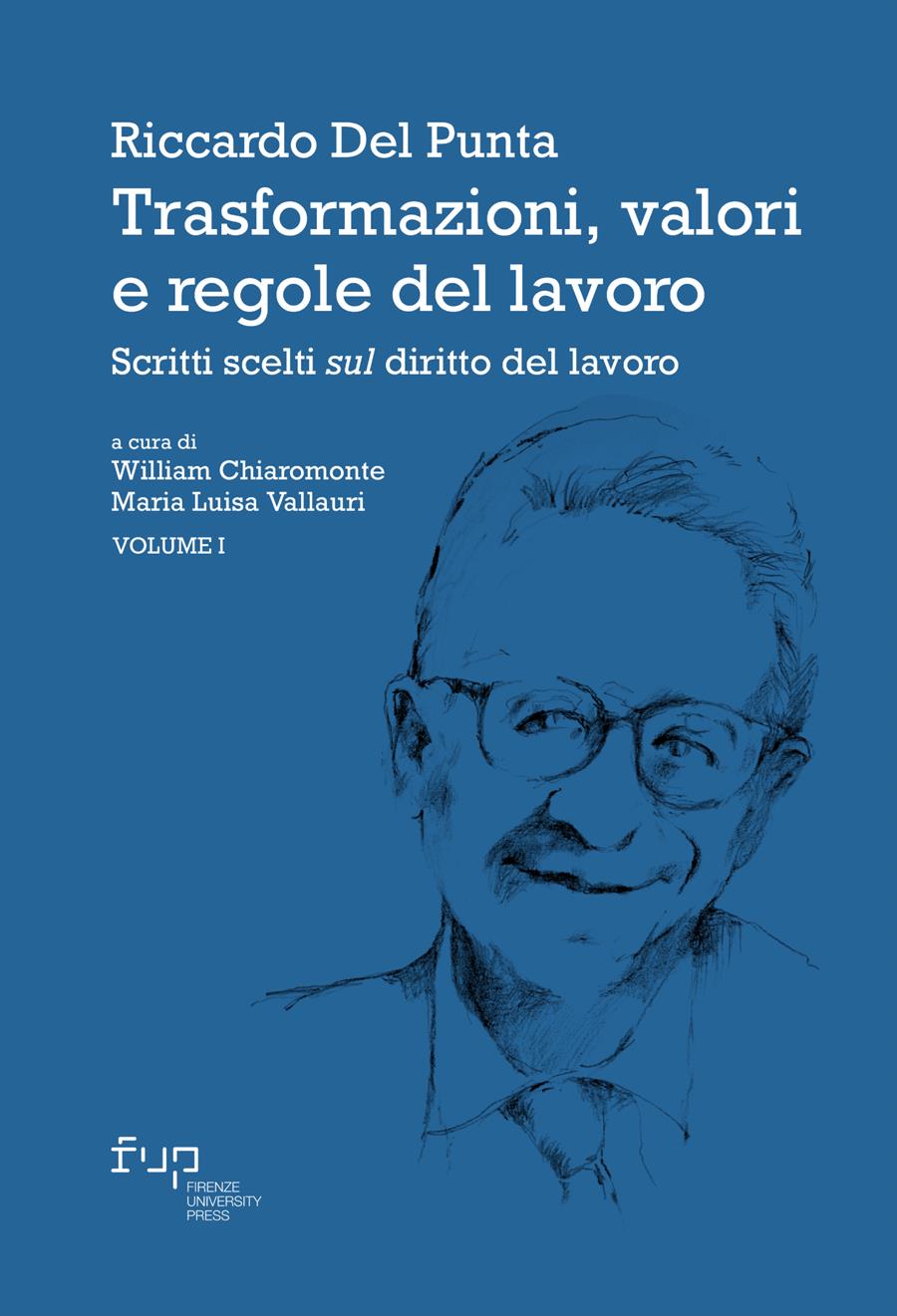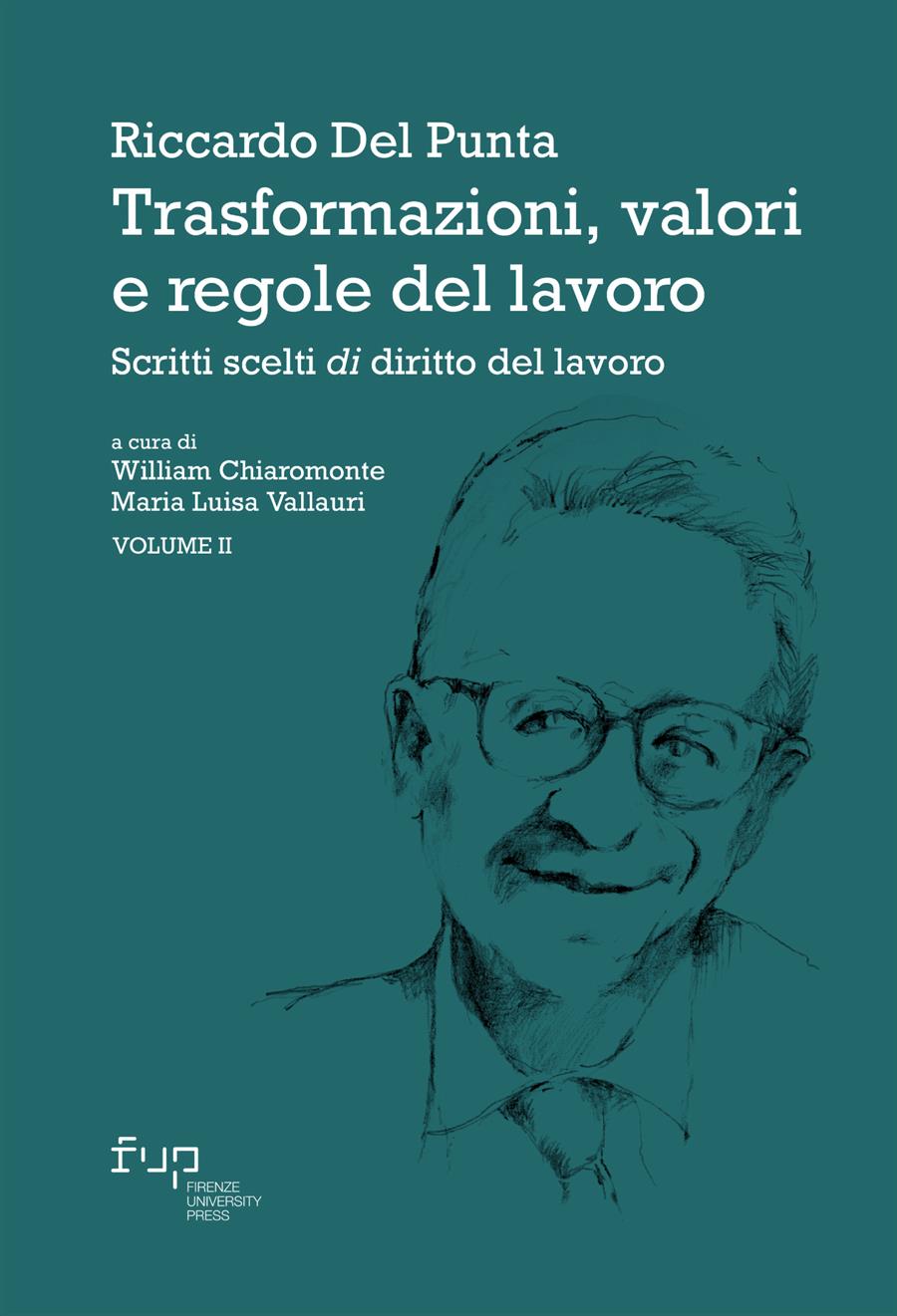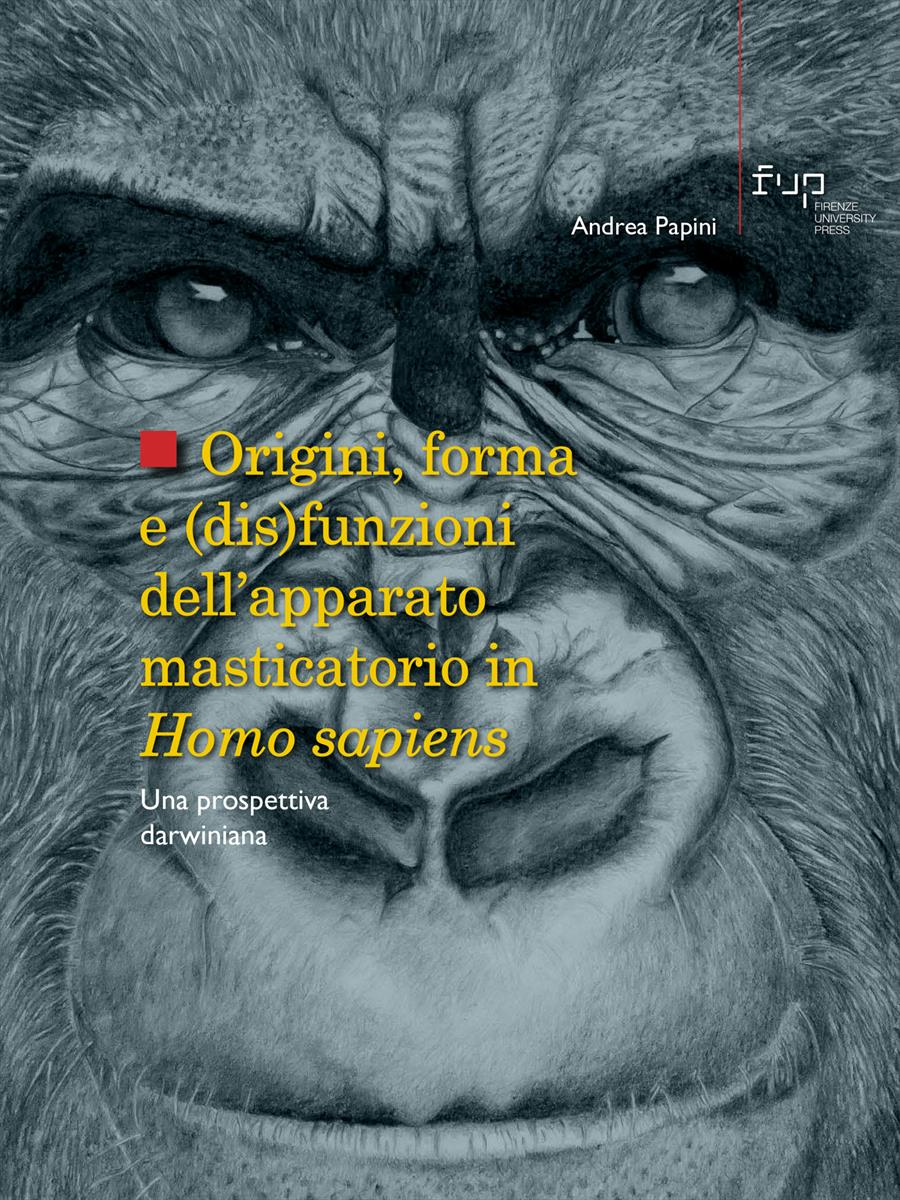L'interpretazione dei luoghi. Flânerie come esperienza di vita
- Giampaolo Nuvolati,
The volume aims at offering an overview of the studies on the flâneur. It consists of three parts and an appendix. The first part defines the figure of the flâneur. In particular, the flâneur’s characteristics are first analysed with respect to a series of oxymorons, to then be declined in relation to some themes, namely: the flâneur’s slowness as a combined expression of body and mind, the moods of living one's condition, the birth of the flâneuse, the relationship between the flâneur and other figures at opposite ends of the social ladder, the love and hate between the flâneur and tourists, the constraints imposed on the flâneur in the society of control and, finally, flânerie as a lifestyle. In the second part, the focus shifts to urban places as privileged contexts of action and reflection for the flâneur. In particular, the discussed topics are the “genius loci”, the possibility of analysing places through the forms of reverie which undermine the recurrent images marked by accredited methodologies, and finally the inevitably individual in-depth study paths leading to flânerie, which require a more direct contribution than the one given by subjects who practice it. Specific attention is paid to flânerie as the inspection carried out by architects and urban planners, with the additional aim of designing the urban territory for the involvement of the entire community. The third part is dedicated to an illustration of the various ways a flânerie can be achieved. Various types of flânerie are identified and described: from the free itinerant one, to the shadowing and the observation from a fixed place. In this part, there are also some reflections regarding the relationship between flâneur, houses and objects, as well as some final considerations on the development prospects of research on the flâneur himself. Finally, in the appendix, there is a discussion on the protocol in use to create some flâneries with students from different departments and from different Italian universities, followed by some concrete examples of flânerie in compliance with the definition given in the third part.
- DOI: 10.36253/978-88-6655-239-0
- Series: Studi e saggi
- Scientific Board: Consiglio Editoriale FUP 2010-2016
- Language: Italian
- Subjects: Sociology
University of Milano-Bicocca, Italy - ORCID: 0000-0002-6403-3456
- Publication Year: 2013
- Pages: 218
- eISBN: 978-88-6655-239-0
- Content License: CC BY 4.0
- © 2013 Author(s)
- Publication Year: 2013
- Pages: 218
- ISBN: 978-88-6655-238-3
- Content License: CC BY 4.0
- © 2013 Author(s)
Bibliographic Information
Book Title
L'interpretazione dei luoghi. Flânerie come esperienza di vita
Authors
Giampaolo Nuvolati
Peer Reviewed
Number of Pages
218
Publication Year
2013
Copyright Information
© 2013 Author(s)
Content License
Metadata License
Publisher Name
Firenze University Press
DOI
10.36253/978-88-6655-239-0
ISBN Print
978-88-6655-238-3
eISBN (pdf)
978-88-6655-239-0
eISBN (epub)
978-88-6655-240-6
eISBN (xml)
978-88-9273-543-9
Series Title
Studi e saggi
Series ISSN
2704-6478
Series E-ISSN
2704-5919
